Smartphones have become ingrained in many peoples’ lives as an essential device. A device that can handle nearly all the productivity in your life is very convenient. Because of the rapid advancement of technology these days, all aspects of smartphones including their aesthetics have evolved over time. They started out as slow, clunky bricks and have become the beautiful devices we have today.
Smartphones conceived during the period of time between 1996 (when the first smartphone was released) to 2007 were very different from the phones we see today. They were often twice the size of a flip phone, and often sported bulky antennas. The user interfaces didn’t fare much better, as most mobile OS’s were heavily geared towards business with little priority given to their aesthetics. Add the fact that they had tiny, low resolution screens and one can see why the smartphone hadn’t become popular yet.
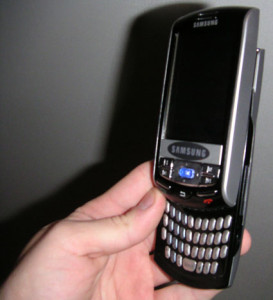
That all changed with the advent of the Apple iPhone in 2007. It completely changed the game as it re-imagined and re-invented nearly every aspect of the smartphone. A sleek and modern design, a bigger multi-touch glass screen, and a new app-based operating system are just a few of the aesthetic improvements it brought. This was all very innovative and well received, which led to the beginning of the age of smartphones that is still going strong today. Soon after, multiple competitors popped up, but the most prominent of them were Google’s Android powered phones. Although the hardware and OS were different, aesthetically they could all be grouped into the same category as the iPhone.

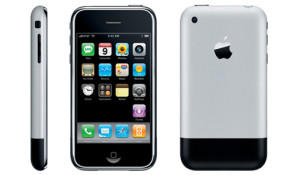
Since 2007, the aesthetics of the iPhone and Android phones have evolved and gotten better. Screens got bigger, and the overall build quality improved. Plastics in early smartphones have largely given way to more “premium” materials such as glass and metal, and casings have become more uniform and sleek. On the OS side the visuals and performance have improved, with more fluid transitions and more unified design themes. This is particularly true of Android phones, as the aesthetic differences between the first iteration Cupcake and today’s Marshmallow is staggering. However, at their cores they can all be described as a slab of glass/plastic/metal that take care of peoples’ productivity, entertainment, and communication needs.
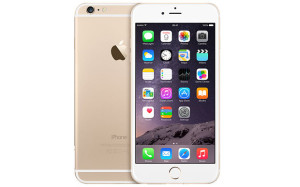
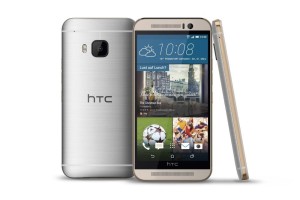
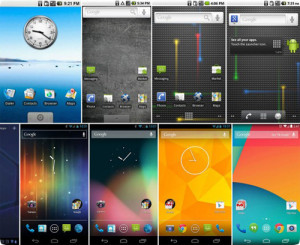
Until something as innovative as the first iPhone pops up smartphones will likely stay the same aesthetically. Variations on the basic smartphone form factor are running out, as are features that OEMs can add to their software. Currently, virtual reality goggles such as Google Cardboard and smart watches (iWatch, Android Wear) show some promise in this regard, but are still far from replacing smartphones. Regardless, a device such as an iPhone was unthinkable a decade ago, so the smartphone will eventually evolve into something that’s unthinkable today. It’ll be interesting to see exactly what that is in the future.
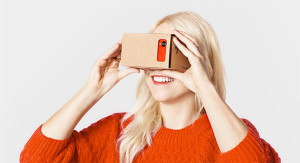
Sources
http://www.weblogsinc.com/common/images/1400731206340486.JPG?0.9846747971548767
http://www.engadget.com/products/htc/droid/eris/
http://www.mactrast.com/2015/06/its-the-eighth-anniversary-of-the-first-iphones-release/
http://www.telegraph.co.uk/technology/apple/iphone/11601659/New-iPhone-6s-will-be-rose-gold.html
http://www.theverge.com/2015/2/22/8084639/htc-one-m9-specs-pictures-leak
http://www.microsiervos.com/archivo/gadgets/historia-visual-android-2007-2014.html
https://developers.google.com/cardboard/

3 Comments. Leave new
[…] of screens, displays, or other polished parts of the device, leaving permanent marks that affect the aesthetics or functionality of the device. Spudgers eliminate these risks […]
This introduces a very a interesting discussion, especially because there is a such a divergence between the loyal iPhone and Android users. It seems a lot of the debate really has to do with aesthetics, and not necessarily functionality, which is remarkable considering how much we do rely on our phones to do. Especially for iPhone users (including myself), even if a specific Android phone was functionally superior, I’d probably still choose the iPhone for its sleek Apple design and the aesthetic that it fulfills.
I love your approach to the evolution of the smart phone! I really like how you showed the progression and talked about the future of the smart phone. I am definitely curious to see what the newest phone will look like in 10 years from now and how obsolete the iPhone 6 and Androids become both in aesthetic style and functionality.